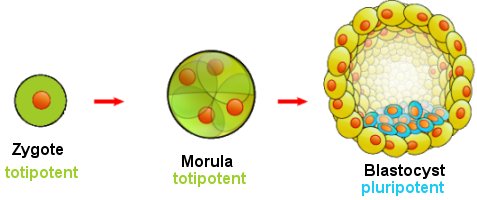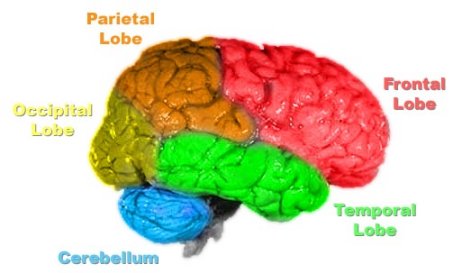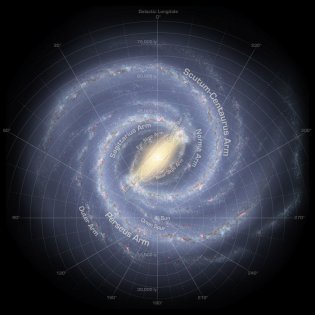
First, you need to know that the particles being studied are called neutrinos, and they are maddeningly hard to detect, because they don’t interact strongly with matter. In this experiment, the neutrinos are detected by an underground system called OPERA (Oscillation Project with Emulsion-tRacking Apparatus), which is made up of about 150,000 bricks of photographic emulsion film stacked in between lead plates. The mass of this system is 1,300 tons. It sits 730 kilometers away from the source of the neutrinos it is detecting, and those neutrinos generally take about three thousandths of a second to travel from the source to the detector.
The scientists have published an initial version of their paper, and it is impressive. Most importantly, they seem to have taken great care in keeping track of time in their experiment. After all, if the scientists are going to measure the velocity of the neutrinos, they need to know when the neutrinos are made and when they reach the detector. The difference between those two times tells them how long it took for the neutrinos to travel from source to detector, which then allows them to determine their speed. Measuring those two times is a bit tricky, however. Even though they took great pains to measure the times as well as they could, I think that’s the weak point of their experiment.
Continue reading “Particles Traveling Faster Than The Speed of Light?”





